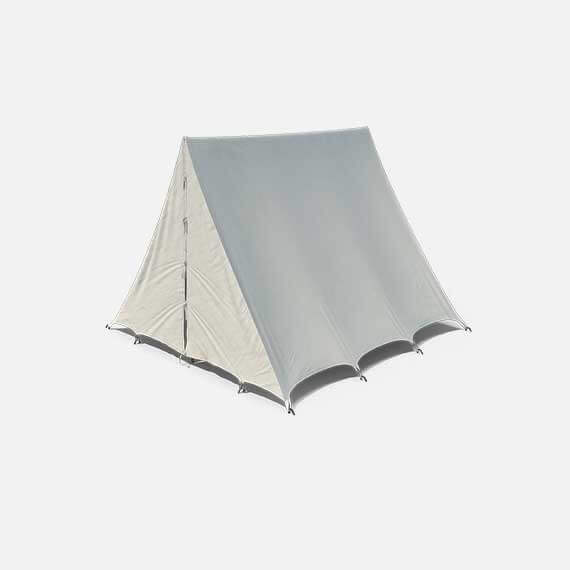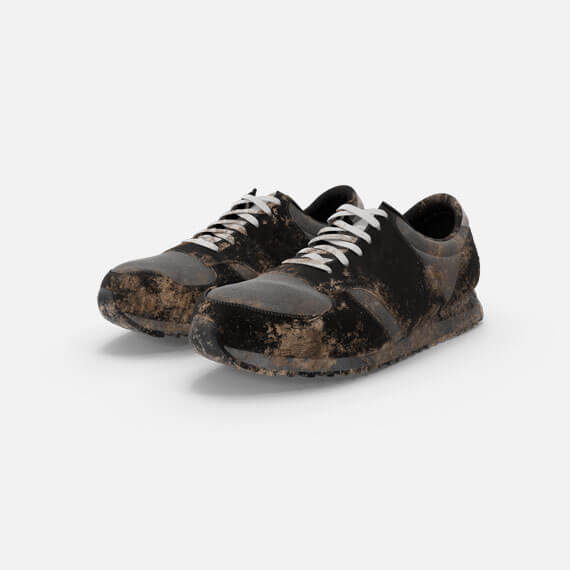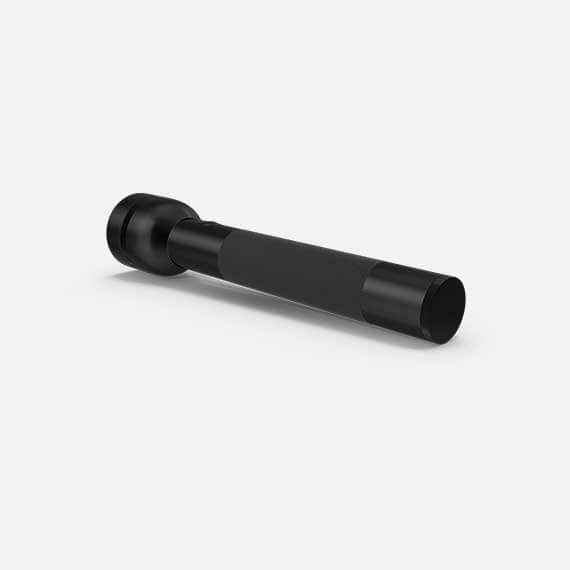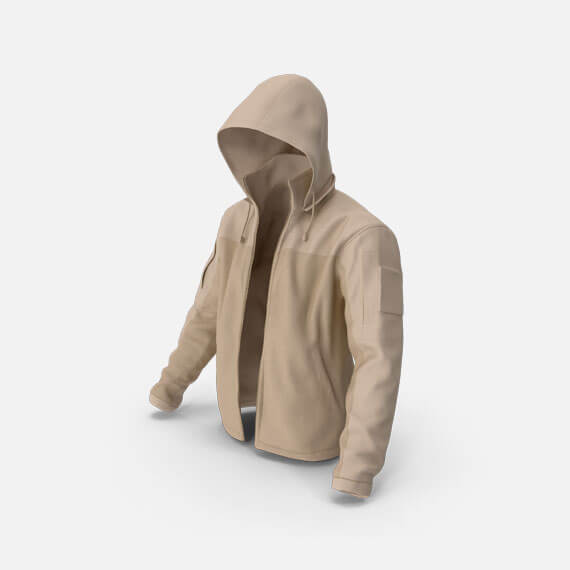
Price: [price_with_discount]
(as of [price_update_date] – Details)
You can be an excellent nurse in the clinical setting and still fail to prove that you are an excellent nurse if your documentation is inadequate.
Having worked in a variety of inpatient and outpatient settings, I understand the obstacles nurses face. There’s just not time, nor do nurses have the mental energy to meticulously document every little thing on top of the rest of their to-do list. That’s part of why I became passionate about documentation education. It doesn’t have to be an overwhelming, endless challenge to chart exhaustively in hopes that you enter enough data into the chart to defend yourself one day. Rather, leveraging the most critical data, knowing how to format notes and exactly what to say, and when to spend five minutes dumping information into the chart can be learned skills that make documentation faster, easier, and less stressful, while doing a better job of defending your actions.
The Importance of Documentation & Overcoming ObstaclesPurpose(s) of DocumentationDefensive ChartingObstacles Impacting Quality of Medical RecordOvercoming ObstaclesLegal Responsibilities of the NurseDuties of the NurseNurse Practice ActsDuties of the HospitalHospital Policy vs. State Board of Nursing RegulationsReasonable PrudenceFailure to Fulfill (Document) ResponsibilitiesFulfilling Responsibilities vs. Documenting ResponsibilitiesWhat if Responsibilities Aren’t Fulfilled?Mistakes HappenProfessional Liability InsuranceMalpracticeMedical NegligenceActing with MaliceFraudWhat Happens When a Nurse is Charged with Malpractice?What to Do if You Receive Notification of a ClaimCommon Charting Mistakes & How to Avoid ThemThe Most Common ErrorsCharting By Exception & Charting to Capture Minimal Data“But I’ve Always Charted This Way, and Nothing Bad Has Happened Yet…”What You Should Be ChartingHow and What to ChartQuick Glance Charting ChecklistsWhat is a Timely Manner?Documenting AssessmentsSample Focused Assessment CriteriaSharing the ResponsibilityModifying Electronic DataAbbreviationsStanding OrdersEarly Warning Systems Scores & ScalesInformed ConsentSpecial CircumstancesPaper ChartingWriting an Incident ReportPatient Leaving AMAPatient Threatening to Sue YouIdentifying Patient BelongingsAnother Member of the Team is Not Documenting CorrectlyRestraintsDefective EquipmentSuspected AbusePatient Requesting to View Their EMR on Hospital ComputerNarrative NotesWhen & How to Write NotesOne Note or Several Notes?Daily Narrative NotesExamples of Common Notes Written As-NeededHow to Title Narrative NotesHow to Format NotesUsing Patient Names in NotesLength of NotesCreate a TemplateTips for Less Stress When ChartingBONUS: How I Chart on a “Typical” ShiftABOUT THE AUTHOR:
I’m Andrea, RN-MSN. Perfecting my own documentation and working to find concrete guidelines to share with my fellow nurses has become my passion. As I gained more knowledge and researched the dusty, forgotten corners of the internet for obscure evidence-based practice and case studies, becoming a subject matter expert on nursing documentation lit a spark because sharing this information helps empower nurses to understand exactly what should appear in their patient charts, where, when it should entered, and how it should be phrased.
ASIN : B09CGHRXT2
Publisher : Independently published (August 11, 2021)
Language : English
Paperback : 176 pages
ISBN-13 : 979-8548570581
Item Weight : 8.6 ounces
Dimensions : 6 x 0.4 x 9 inches
[ad_2]























